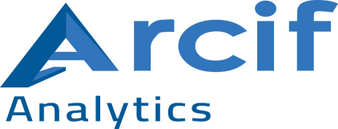| Open Access Policy: |
The International Design Journal sets out a definition of open access consistent with the definitions of open access in the Budapest and Berlin Declarations:
- Peer-reviewed research is available to the public without any cost or subscription restrictions.
- Works, research and articles are published without delay in open access format,
- Published content may be reused or forwarded without permission as long as the original posting is properly cited.
Since 2012, our journal is working under the Creative Commons Attribution License All articles published by IDJ contained the note: This work is licensed under a Creative Commons Attribution 4.0 International License “ and are now using the latest version of the CC BY license, which grants authors the most extensive rights
Since 2012, the journal has been working under the Creative Commons Attribution license, all articles published by the International Design Journal have included the following footnote:
This work is licensed under a Creative Commons Attribution 4.0 International License"
The journal now uses the latest version of the CC BY license, which gives authors the broadest scope possible. This means that all articles published in the International Design Journal, including information, data, drawings, appendices and any other additional attachments, can be linked to external sources, scanned by search engines, and reused by text mining applications or websites, blogs, etc. It is free under the only condition. Correct credit to the original source and publisher. The International Design Journal believes that open access publishing promotes the exchange of research results between scholars from different disciplines, thus facilitating interdisciplinary research.
The results of scientific studies and research are also made available to interested members of the public and researchers around the world, including developing countries, through open access publishing. While the International Design Journal uses the open access model for all of its print and online issues, we consider that other forms of publishing and communication, such as social media publishing and conferences, can coexist with open access as an important feature of scholarly communication.
Here we must note that figures, tables, and texts from scientific sources or other publications may be included in some articles (especially reviews), for which the journal does not have the copyright or the authority to sublicense the published content. Here, authors who contribute their work to this journal should be aware that they must check whether any content can be reused by contacting the original copyright holder (the original publisher or authors).












